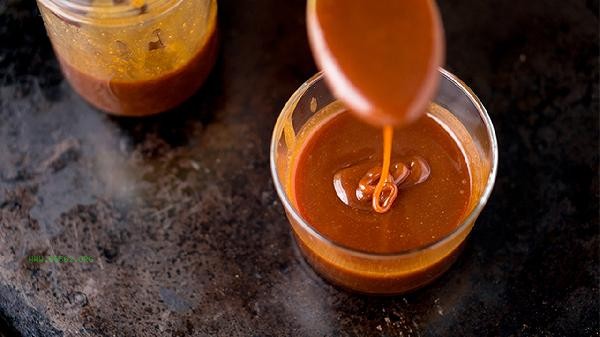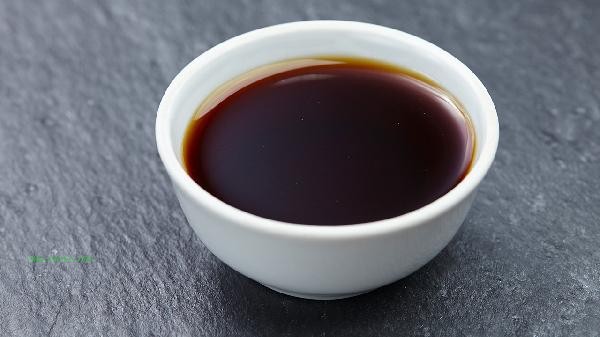Soy sauce can become viscous by heating and concentrating, adding starch or thickeners, and other methods. There are mainly methods such as evaporating water, starch thickening, agar thickening, xanthan gum blending, and refrigeration and standing.

1. Evaporate water
Pour soy sauce into a pot and heat it over low heat, stirring continuously to avoid sticking to the bottom. After the water evaporates, the concentration naturally increases. This method can preserve the original flavor of soy sauce and is suitable for cooking scenarios that require maintaining the original flavor, but attention should be paid to controlling the heat to avoid cooking.
2. Starch Thickening
Take a small amount of corn starch or potato starch and mix well with cold water. Slowly pour it into hot soy sauce and stir until it becomes a transparent paste. The recommended ratio of starch to soy sauce is 1:20, which is suitable for stir frying or dipping sauces that require rapid thickening. After cooling, the viscosity will further increase.
3. Agar thickening
Add 1 gram of agar powder to every 500 milliliters of soy sauce, heat to 80 degrees Celsius to dissolve, and then cool and solidify. Agar, as a natural seaweed extract, can make soy sauce form a gel like texture, which is suitable for making sushi soy sauce or cold sauce, but will slightly change the fluidity of soy sauce.

4. Preparation of xanthan gum
Food grade xanthan gum is mixed with soy sauce at a ratio of 0.3% and stirred at high speed until completely dissolved. This microbial fermented polysaccharide can significantly increase the wall adhesion of soy sauce without affecting its color transparency, and is commonly used for improving commercial soy sauce products.
5. Refrigerate and let stand
Seal the soy sauce and place it in a refrigerator at 4 degrees Celsius for 24 hours. Low temperature will promote the formation of a colloidal network of amino acids and sugars in the soy sauce. This method does not require additives, but the thickening effect is mild and suitable for people who are sensitive to additives.

When using thickened soy sauce in daily life, it is recommended to choose the appropriate method according to cooking needs. The thickening method is suitable for immediate use, while agar or xanthan gum is suitable for sauces stored for a long time. Note that commercially available soy sauce itself contains a certain degree of viscosity, and excessive thickening may affect the taste. Homemade thickening soy sauce should be refrigerated and used within 3 days to avoid microbial contamination. For people who need to strictly control their sodium intake, low salt soy sauce can be used for thickening treatment.








Comments (0)
Leave a Comment
No comments yet
Be the first to share your thoughts!